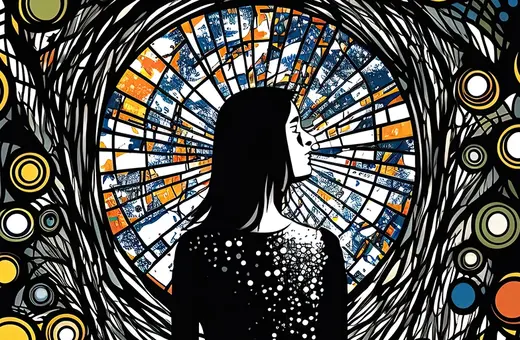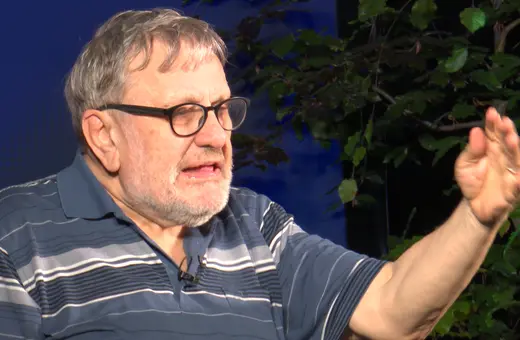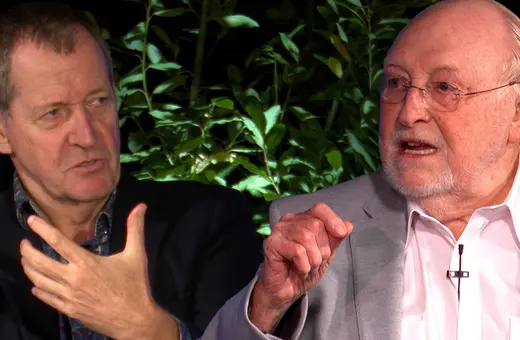Aldous Huxley’s Brave New World provided a map for a world of sex where technology was used to increase our pleasure and mechanise our relationships. But as the dystopia suggested this divorces us from engaging with our partners and focusing on the pure mechanics of the act, writes Abraham Olivier. Instead we should see sex as an extension of art. Art therefore which will help save the future of sex.
In his classic Brave New World, published in 1932, Aldous Huxley portrays a dystopia of a genetically engineered World State with huge scientific advancements in all kinds of technologies. These technologies should guarantee a prosperous, pain-free life, including ultimate sexual pleasure. Huxley’s futuristic high-tech World State entertains what one may call technology’s dream of the ultimate sex encounter. Futuristic as it still may sound, current sex technology (sextech) is already selling this as a dream come true. Visit any of the countless online sex shops and you are promised a sex experience like you have never had before. Sextech sells dreams of, among others, VR (virtual reality) technology that takes sex to another level of unimaginable pleasure, or else of perfectly designed sextoys and even sexbots effectively replacing humans by offering better and also safer sex without potential harm and health issues. But is such sextech not just a dream? To state the obvious, sex comes with lots of issues and is – or rather can be – a complex affair. One tends to associate sextech with something simpler, with what some call “pornomechanics” - a pornographic fixation on the sensory stimulation of some genital parts of the body to reach maximum satisfaction. How should one imagine sextech to offer ultimate sex without reducing it to pornomechanics? A look at Huxley’s imaginings of a society run by future sextech may prompt some scenarios to think about.
Somasex
Huxley wrote Brave New World in the wake of the Second World War. As he says in his retrospective reflection, Brave New World Revisited (1958), he was imagining a future society that would recover from the crisis and chaos of the War by offering “The completely organized society, the scientific caste system, the abolition of free will by methodical conditioning, the servitude made acceptable by regular doses of chemically induced happiness…” The chemically induced happiness he refers to is called “soma” in Brave New World. Soma is a drug, a kind of psychedelic, distributed for free to the citizens of the World State. Huxley himself describes the effect of soma as “Euphoric, narcotic, pleasantly hallucinant.” It offers instant gratification. “Soma” stems from the ancient Greek word for body. Huxley seems to use the term soma also in its broader sense to designate the technology used to manipulate physical aspects of sexuality. Therefore, I take soma not only to refer to the psychedelic drug but also to the design of what one may call a society fixated on physical pleasure. In this society, citizens are genetically engineered and conditioned to stay young and sexy, and to indulge in sex as long as they live. Soma comes down to physical conditioning in sex consumption to keep citizens happy and thereby under control. I refer to sex in this society as “somasex”.





















Join the conversation